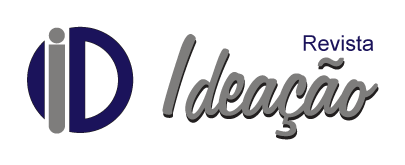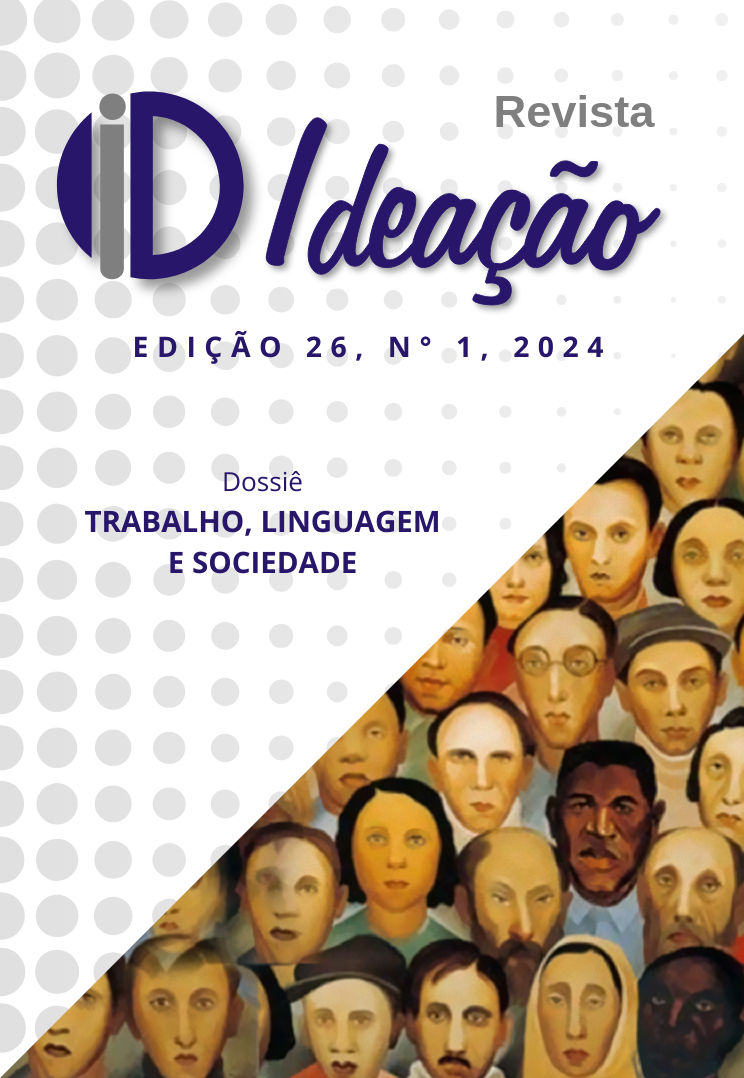CRIMES AGAINST WOMEN BASED ON THE CONDITION OF FEMALE SEX: WHICH BODIES ARE PROTECTED?
Quais corpos são protegidos?
DOI:
https://doi.org/10.48075/ri.v26i1.31313Keywords:
Female., Violence., Sex., Gender., Misogyny.Abstract
This article aims to analyze the types of criminal penalties that relate to women who are victims of violence, considering that most gender-based violence victims are women, regardless of the body that represents them. It notes a problem with respect to differences in terminology between the Maria da Penha Law and the Brazilian Penal Code, since the differences have a negative impact on the scope of state protection. The objective is to reflect on the fact that the core of violence against women is deep and structural, transcending the physical realm, permeating the collective consciousness articulated by patriarchy and misogyny, which result in hierarchies, a sense of ownership, and superiority over women. Through bibliographic research, it is concluded that current doctrine and jurisprudence adhere to the scope established by the Maria da Penha Law, but the debate presented in this article is far from concluding.
Downloads
Published
How to Cite
Issue
Section
License
Copyright (c) 2023 Direitos partilhados conforme licença CC BY-NC-SA 4.0

This work is licensed under a Creative Commons Attribution-NonCommercial-ShareAlike 4.0 International License.
Authors who publish in this journal agree with the following terms:
1. Authors maintain copyright and grant the journal the right of first publication, with the work simultaneously licensed under the Creative Commons Attribution License that allows the sharing of the work with recognition of authorship and initial publication in this journal.
2. Authors are authorized to assume additional contracts separately, for non-exclusive distribution of the version of the work published in this journal (e.g., to publish in an institutional repository or as a book chapter), with acknowledgment of authorship and initial publication in this journal.
3. Authors are allowed and encouraged to publish and distribute their work online (e.g., in institutional repositories or as a personal page) at any point before or during the editorial process, as this may generate productive changes, as well as increase the impact and citation of the published work (See The Effect of Free Access).
Creative Commons License
This work is licensed under a Creative Commons Attribution-Noncommercial-ShareAlike 4.0 International License, which permits sharing, copying, distributing, displaying, reproducing, the whole or parts provided it has no commercial purpose and the authors and source are cited.


